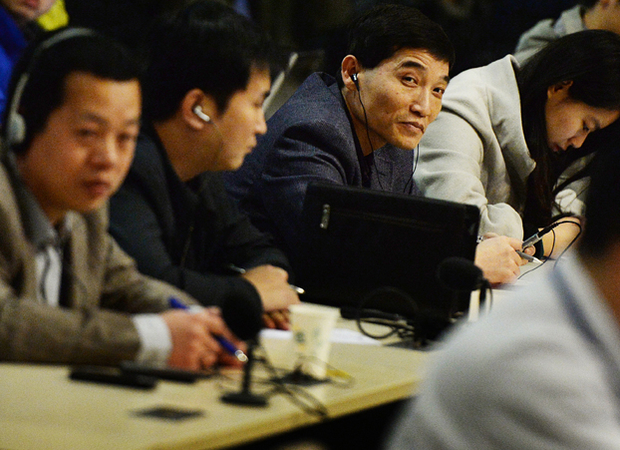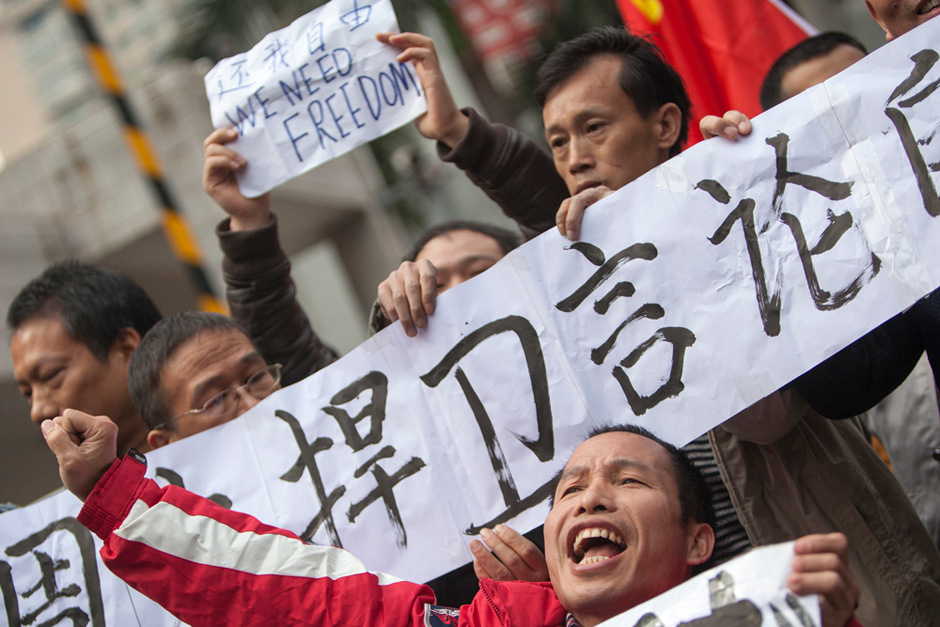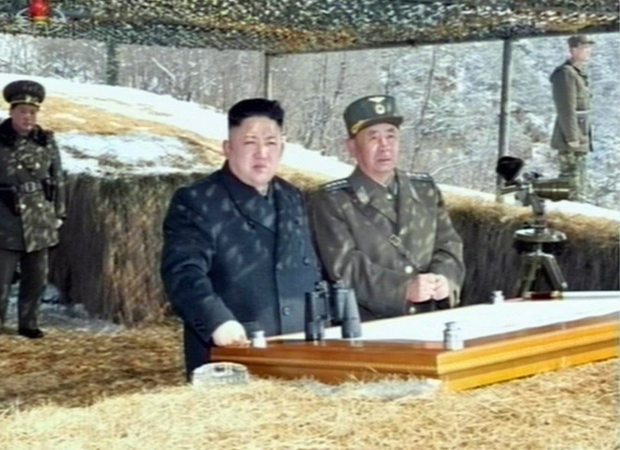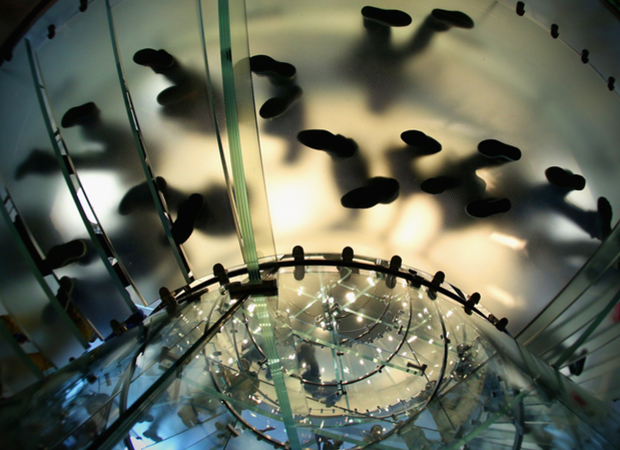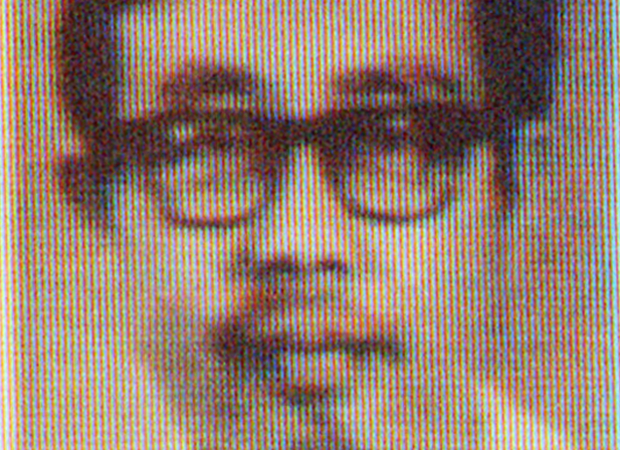Toward a New Phase of U.S.-China Museum Collaborations
on April 9, 2013
The 2012 U.S.-China Museum Directors Forum, organized by Asia Society and the Chinese People's Association for Friendship with Foreign Countries, brought together 17 Chinese and 15 American museum leaders for a two-day dialogue to assess common needs and develop new processes for museum exchanges.
The museum leaders identified various benefits of museum exchanges. Such programs provide information and experiences to museum audiences; foster tolerance and understanding between nations; and enhance cultural competence in a globalized world. The directors also identified obstacles impeding museum collaborations, including disparities in resources and practices; cumbersome bureaucratic, legal, and regulatory systems; a lack of familiarity between museum professionals; and the absence of institutional and funding mechanisms to facilitate exchanges.
Going forward, the museum leaders pinpointed three key areas of need and opportunity for the evolution of U.S.-China museum collaborations: improving people-to-people contacts; fostering institutional relations; and greater coordination within the museum sector in both countries. Taken together, the recommendations offer a blueprint for improving institutional interactions.
The directors suggested specific programs that their institutions, coupled with other museums, government agencies, and private funders, can pursue going forward. The consensus view among them was that the expansion of museum collaborations will require new funding and organizational mechanisms to spur and conduct exchange activities. Some of the goals outlined by the Chinese and American museum directors will be pursued by the Asian Arts and Museum Network, established in 2012 by Asia Society Museum.




